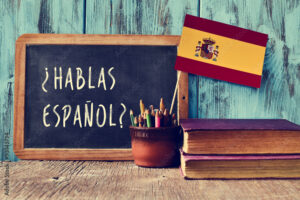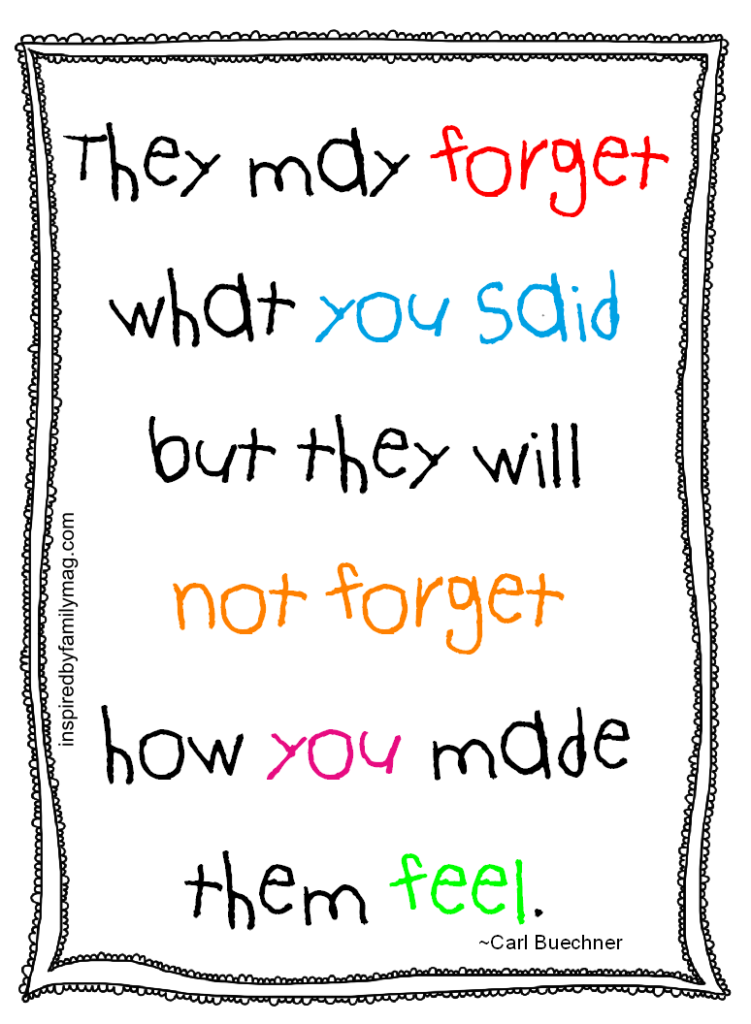Alright everyone, let’s start this adventure! Welcome to my second week of learning another language! Honestly, I feel like Spanish won’t be a hard language to learn, but we shall see!

Photo by nito on Adobe Stock
ENGLISH vs SPANISH ALPAHBETS
As a beginner learner, I think it is important to start with the alphabet and pronunciation, as it will give me a solid foundation to learn on. Before I dive into learning the Spanish alphabet and pronunciation, I wanted to pay attention to a few key similarities and differences between English and Spanish languages. Doing so will help me spell in Spanish in no time! After reviewing a several online resources, I put together a comparison summary between the English and Spanish alphabets:
Similarities
- Alphabet origin. Both English and Spanish languages share the same alphabet – the Latin Alphabet. This alphabet, also known as a Roman alphabet, was originally used by ancient Romans, and is now used to write hundreds of different languages.
- The same letters. I find English and Spanish alphabets very similar which makes learning Spanish a lot easier than learning a language with a different alphabet like Japanese, for example. There is no need to learn a whole new alphabet, how exciting!!
Differences
Number of letters. English alphabet has 26 letters, while Spanish has 27 letters, including the famous Spanish “ñ” letter.
Pronunciation. In comparison to English, Spanish is a very straightforward language when it comes to pronunciation. English language has 44 phonemes, individual speech sounds, while Spanish has only 25! There are way more sounds to learn in English than in Spanish, isn’t it surprising? Each letter has its own sound and will always (with some exceptions) make that sound, no matter where it’s placed in a word. However, there are some different sounds in Spanish language that don’t exist in English.
SPANISH ALPHABET
I found this YouTube video lesson on how to learn Spanish alphabet. It was very helpful: straight to the point and with no long unnecessary pauses, just examples and pronunciation – exactly what I needed to start with! Then I looked for more online resources to find further explanation on each letter, including the examples and tips on how to sound like a native speaker. For example, lesson 1 on the Language Tutor YouTube channel was very easy to learn from. Dr. Danny Evans had very good examples and tips on how to sound like a native speaker. I am enjoying the learning process so far!
Pronunciation Guide and Tips on How to Sounds Like a Native Speaker
Vowels. In Spanish, 90% of pronunciation and reading is knowing your vowels. All vowels are always pronounced the same (unless paired with another vowel). Letter “a” sounds like “aa” (lips and mouth wide open), “e” pronounced as “ey” (lips slightly open and mouth stretched), “i” sounds like “ee” (lips slightly open and mouth stretched), “o” sounds like “oh” (lips rounded and opened slightly), and “u” is pronounced as “oo” (lips rounded and almost fully closed).
Consonants. Most consonants in Spanish sound similar to their English counterparts, with some exceptions:
- letter “h” is always silent
- letter “j” sounds like “h” in English
- letter “g” is pronounced differently depending on the vowel that it follows:
- when “g” is followed by “a”, “o”, “u”, “ue”, and “ui” vowels, it is pronounced as a hard “g”, similar to English “go”. For example, gato (cat) and grande (big);
- when “g” is followed by “e” and “i”, it is pronounced as a soft “h” sound, similar to the “h” sound in the English word “hello”. For example, gente (people) and gigante (giant).
- letter “ñ” is one of the unique features of the Spanish alphabets and is pronounced like “nio” sound, similar English word “onion”
- “ll” is pronounced like “y”, similar to English “yes”
- letters “b” and “v” sound the same in Spanish, and that can be a little confusing.
To sum up, I think this week was very productive. Using various online resources, I learned a lot about similarities and differences between English and Spanish alphabets, as well as unique letters and sounds in Spanish language. Below is a video of me saying Spanish alphabet with an example for each letter. Wish me luck for next week, when I take on learning the numbers.

Hey Mariia! I loved how early on in your post you discussed why you are starting with the alphabet. I think that is such a great reason and honestly makes so much sense. It was also super cool to hear about the similarities and differences. The tips and tricks you have learnt so far will be so helpful to others learning to speak Spanish, they should check out your blog before starting haha! I have never considered learning Spanish but after hearing about the beginning of your journey it sparks my interest in learning a new language!
Hi Stella! Thank you so much for your thoughtful comment! I am glad you enjoyed my post and you should totally start learning a new language 🙂 Thanks for cheering me on as I take on this new challenge!
Hello Mariia!
It sounds like you had an incredibly productive week! Exploring the similarities and differences between English and Spanish alphabets must have been fascinating, and creating a video to demonstrate the Spanish alphabet is a fantastic way to reinforce your learning. Good luck with tackling numbers next week—I’m sure you’ll do great! Keep up the excellent work!
Hi Rowena!! Thanks for your encouraging words! Creating a video was both fun and educational. I’m looking forward to diving into numbers this week! Thanks for your support!!
Great to see you diving into learning Spanish! Starting with the alphabet is a smart move, and your comparison between English and Spanish is really insightful. It’s interesting how both alphabets are so similar yet have their unique differences, especially with pronunciation and that unique “ñ” letter. Your use of online resources and YouTube lessons shows dedication, and it’s fantastic that you found helpful guides like Dr. Danny Evans’ videos. Pronunciation tips for vowels and consonants are particularly useful for beginners. Good luck with your learning journey! Can’t wait to see your progress and hear you speaking Spanish fluently soon.
Nikol Ostrovski
Hi Nicol! Thanks for your thoughtful comment! It was definitely interesting to compare English and Spanish alphabets. I’m glad you enjoyed reading my post! Can’t wait to share my progress next week 🙂